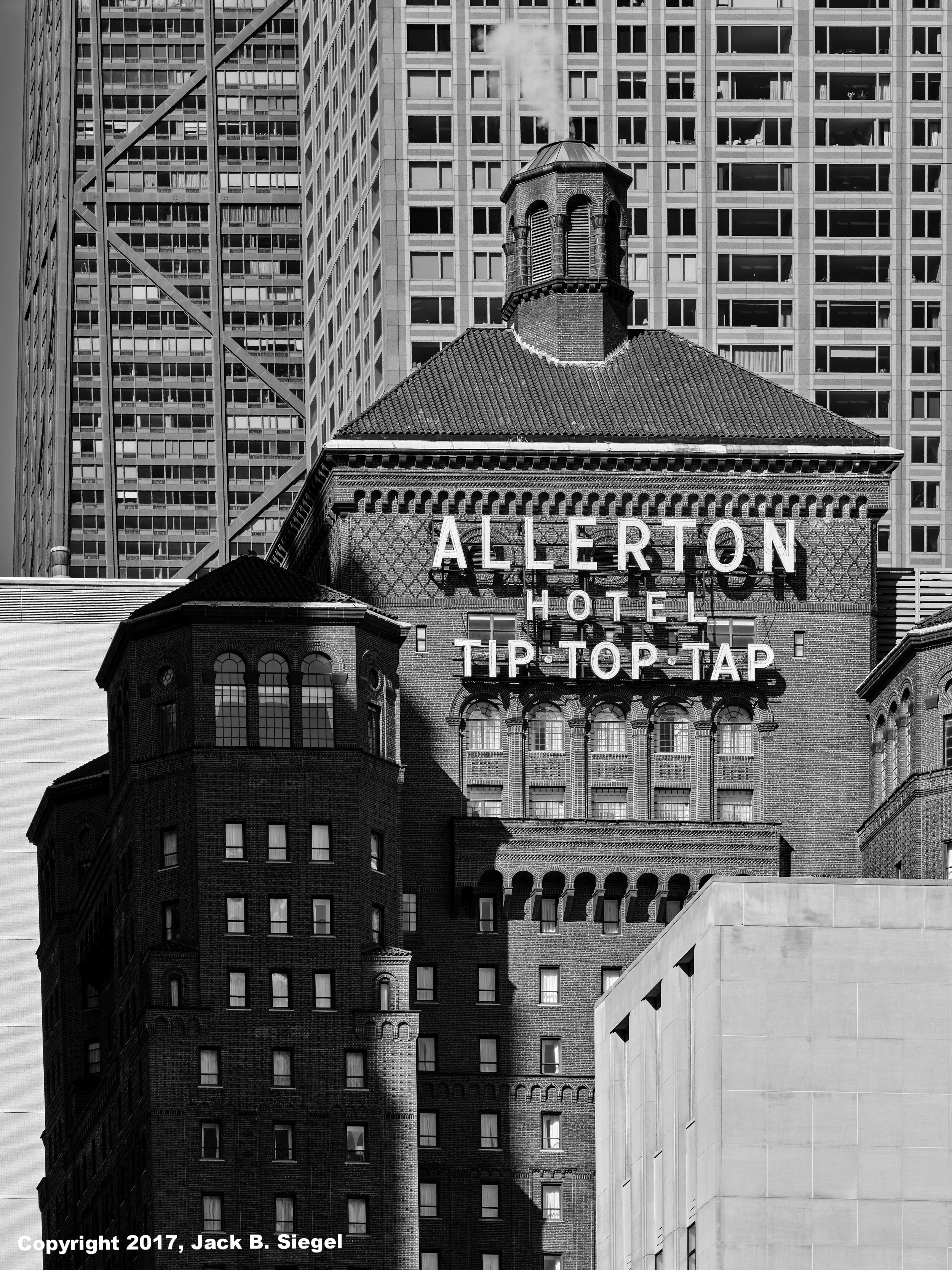Illumination
Hyatt Hotels was founded by Jay Pritzker in 1957 when he purchased the Hyatt House Hotel, which was adjacent to Los Angeles International Hotel. The transaction was consummated at Fat Eddie’s, a coffee shop in the hotel. Priztker noticed that the hotel had no vacancies and catered to business people. It was the only first class hotel Pritzker had ever seen that was close proximity to an airport. He made a $2.2 million offer, writing it on a napkin as he enjoyed a cup of coffee. Over the next few years, Pritzker and the family built hotels that served those using San Francisco International Airport and the Seattle’s airport.
In 1967, Pritzker purchased a partially completed hotel in Atlantic. This was the first Hyatt to incorporate a design featuring an internal atrium, which many concluded would make the hotel a white elephant. Some people even feared that rain clouds would form inside the hotel. Pritzker dismissed that concern as one coming from people with too much education.
The hotel was designed by John C. Portman, Jr., an internationally renowned architect. Although the design was viewed as revolutionary, it still was a rectangular box, albeit with a revolving restaurant at the top. It is worth noting that the atrium feature reflected the times: Many urban centers were in decay, with significant street crime posing a serious problem. A hotel with an atrium meant that people did not have to go outside to enjoy a breath of “fresh air’ and some foliage.
One of Portman’s next ventures was the Hyatt Regency O’Hare, with its four cylindicular towers, each featuring a bronze glass outer curtain. The hotel opened in 1969. It clearly served as the inspiration for one of Portman’s best known achievements, the Bonaventure Hotel in Los Angeles, with five cylindicular towers, that has been featured in several movies, including Rain Man, True Lies, Breathless, and Heat.
I have driven past the O’Hare Hyatt countless times on my trips to and from O’Hare. Because I live in Chicago, I have never stayed in the hotel, or for that matter been inside it. I, however, have often thought it would make a great subject for a photograph, particularly at sunset.
Today, I took the Blue Line to the Rosemont stop, which is one stop short of the Blue Line’s O’Hare terminus. It was an exploratory trip. I have been planning to photograph what is the hotel and convention district for O’Hare as if it were just another Chicago neighborhood, so I wanted to explore the logistics. When I stepped off the train, I saw the Hyatt Regency bathed in sunlight, which resulted in the resulting photograph.
I also took the photograph of the sunset that follows this commentary. At that point, a security officer told me I could not photograph on the platform and that I had to leave. When I showed him the CTA’s Photo Policy, he read it, paused because he presumably recognized I was within my rights, and then ignored the policy. I am in the process of filing a complaint with the CTA.
Here is the CTA’s Photo Policy:
The general public is permitted to use hand-held cameras to take photographs, capture digital images, and videotape within public areas of CTA stations and transit vehicles for personal, non-commercial use.
Large cameras, photo or video equipment, or ancillary equipment such as lighting, tripods, cables, etc. are prohibited (except in instances where commercial and professional photographers enter into contractual agreements with CTA).
All photographers and videographers are prohibited from entering, photographing, or videotaping non-public areas of the CTA’s transit system.
All photographers and videographers are prohibited from impeding customer traffic flow, obstructing transit operations, interfering with customers, blocking doors or stairs, and affecting the safety of CTA, its employees, or customers. All photographers and videographers must fully and immediately comply with any requests, directions, or instructions of CTA personnel related to safety concerns.
Safety Tips
For everyone’s safety, do not use a camera’s flash if facing a person who is operating a train or bus.
Be respectful of others - CTA customers and employees.
Don't stand (or cause others to stand) in the way of stairs, aisles, escalators or doorways.
Be careful! Your safety is very important to us, so stay away from platform edges and moving vehicles.
Be safe! Don't inch backward with your camera to get a wider view - always look where you're going.
Click on the Image to Enlarge It
Takeoff Over the Blue Line as the Sun Sets
The Kennedy’s Inbound Lanes; the Outbound Express Lanes, and the Platform at the Addison “L” Station





